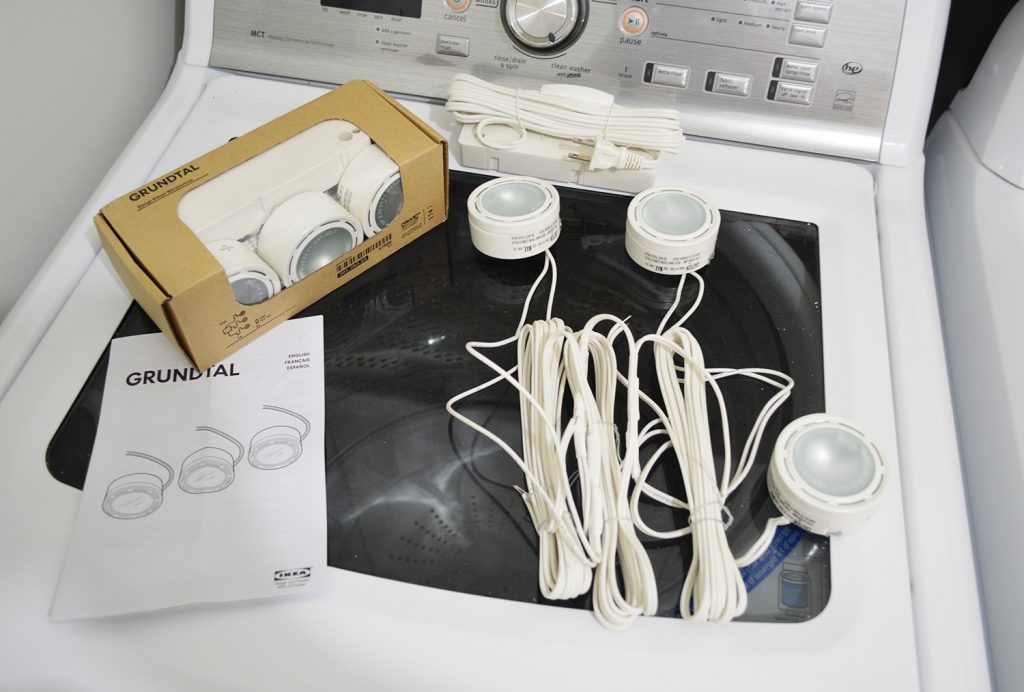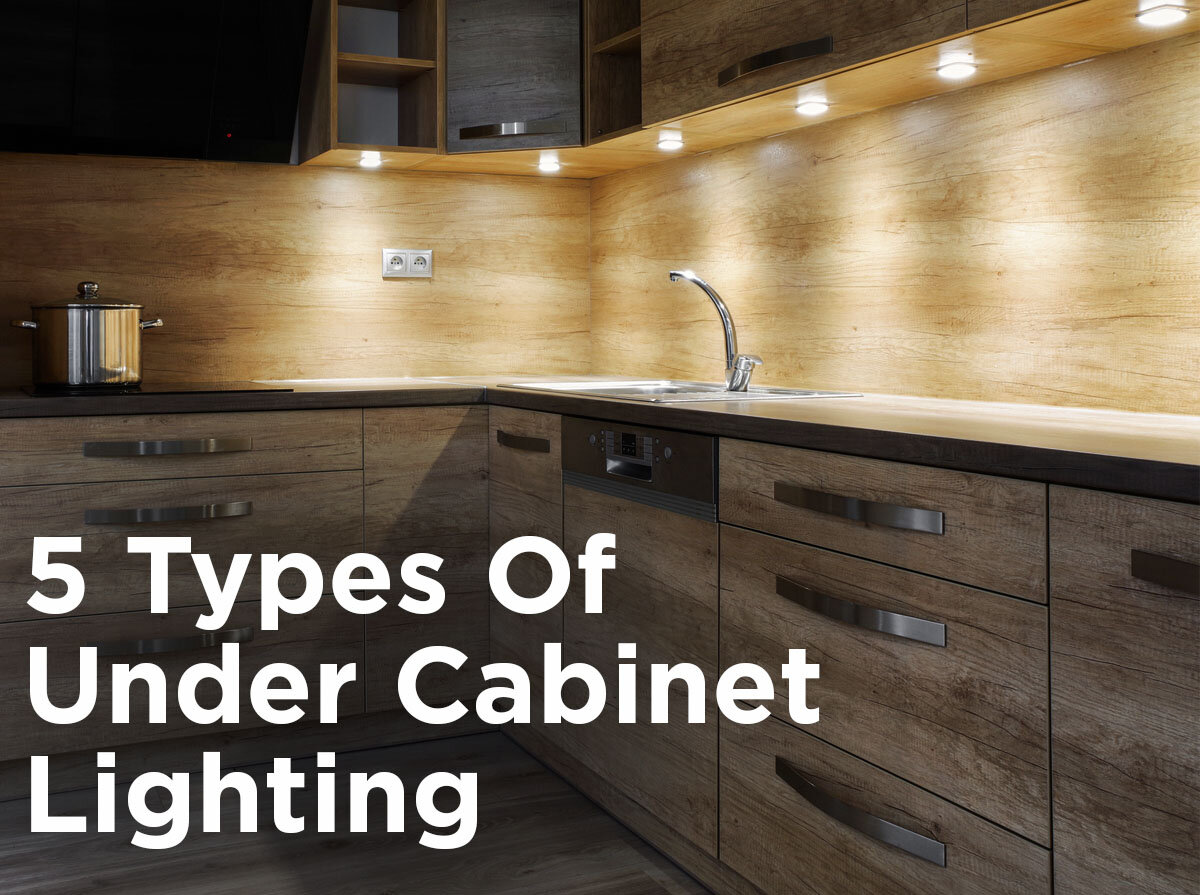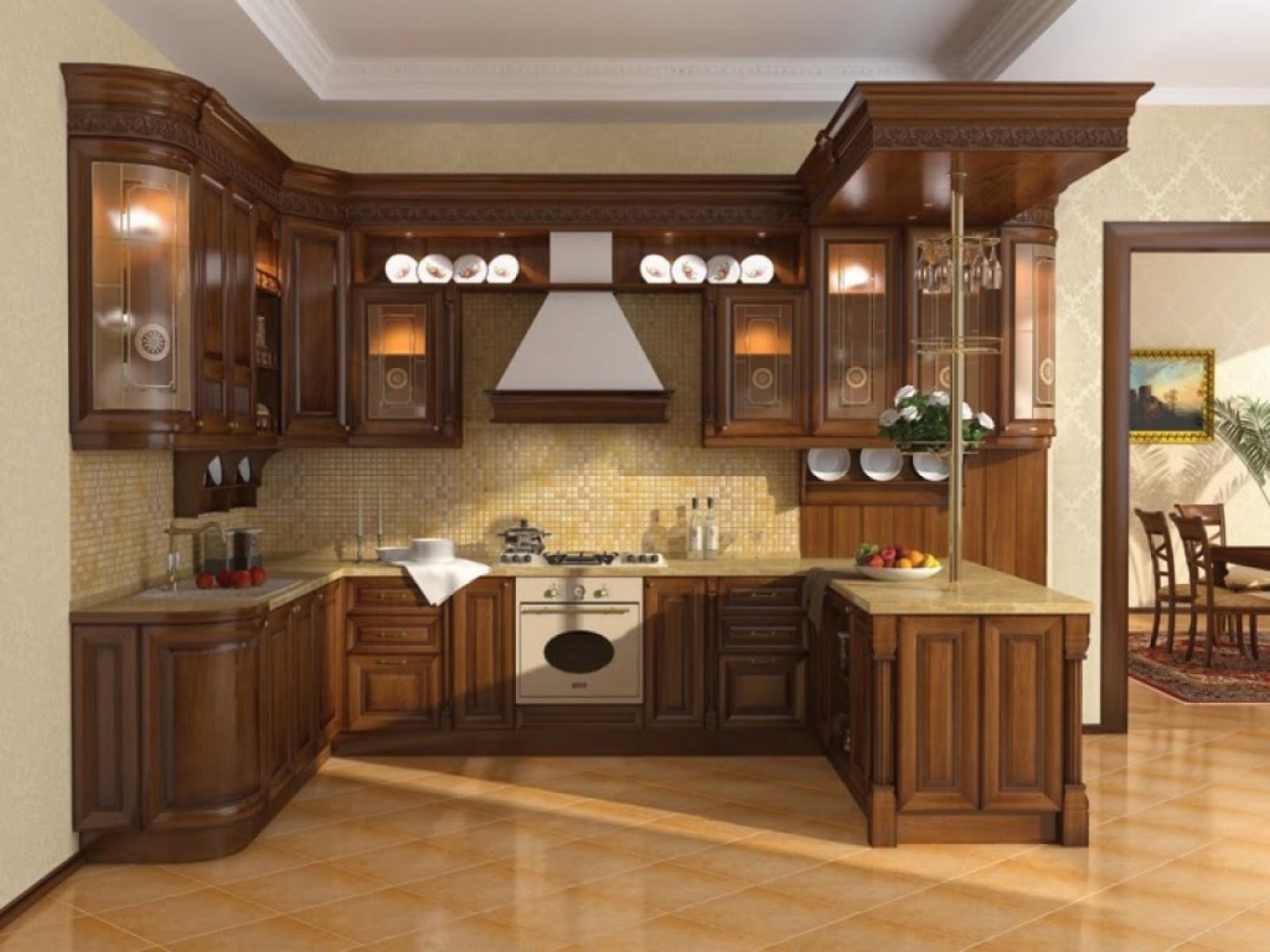How to Install LED Strip Lights Under Kitchen Cabinets
LED strip lights are a great way to add functional and stylish lighting to your kitchen. Not only do they provide ample task lighting for your countertops, but they also add a beautiful ambient glow to the space. If you're looking to upgrade your kitchen lighting, installing LED strip lights under your cabinets is a great DIY project that can be completed in just a few simple steps.
How to Install Under Cabinet Lighting in Your Kitchen
Under cabinet lighting is a popular choice for many homeowners who want to enhance their kitchen lighting. LED strip lights are a great option for this type of installation, as they are energy-efficient, long-lasting, and easy to install. Here's a step-by-step guide on how to install under cabinet lighting in your kitchen.
DIY Kitchen Lighting Upgrade: LED Under-Cabinet Lights
Are you tired of your dull and outdated kitchen lighting? Upgrading to LED under-cabinet lights is a simple and cost-effective way to give your kitchen a fresh and modern look. Not only do they provide ample task lighting, but they can also be used to create a beautiful ambiance in your kitchen. With a few basic tools and some DIY skills, you can easily install LED under-cabinet lights in your kitchen.
Step-by-Step Guide to Installing Under Cabinet Lighting
The thought of installing under cabinet lighting may seem daunting, but it's actually a straightforward process that can be completed in just a few simple steps. Here's a step-by-step guide to help you install LED strip lights under your kitchen cabinets:
Step 1: Measure and plan - Measure the length of your cabinets and determine how many LED strips you will need. It's best to purchase strips that are slightly longer than your cabinets to avoid any gaps in lighting.
Step 2: Gather materials - You will need LED strip lights, a power supply, a dimmer switch (optional), wire connectors, and mounting clips for installation.
Step 3: Clean the surface - Before installing the strips, make sure to clean the surface of your cabinets to ensure a strong bond with the adhesive backing.
Step 4: Mount the strips - Use the mounting clips to secure the strips to the underside of your cabinets. Make sure to space them evenly for uniform lighting.
Step 5: Connect the strips - Use wire connectors to connect the strips and the power supply. If using a dimmer switch, connect it between the power supply and the strips.
Step 6: Test the lights - Once everything is connected, plug in the power supply and test the lights to make sure they are working properly.
Step 7: Hide wires - Use wire clips or cable ties to neatly hide any wires for a clean and professional look.
Step 8: Enjoy your new lighting - Sit back and enjoy your newly installed LED strip lights under your kitchen cabinets!
Installing LED Lights Under Kitchen Cabinets: Tips and Tricks
Installing LED strip lights under your kitchen cabinets may seem like a simple task, but there are a few tips and tricks that can make the process even easier. Here are some things to keep in mind:
Tip 1: Use a ruler or measuring tape to ensure the strips are mounted evenly and straight.
Tip 2: If you have a plug-in power supply, make sure to measure the distance from the outlet to your cabinets and purchase an extension cord if needed.
Tip 3: If you're planning to install the strips above a sink or stove, make sure to use waterproof strips to avoid any potential hazards.
Tip 4: Use a dimmer switch for added versatility and control over the brightness of your lights.
How to Choose the Right LED Lights for Under Cabinet Installation
When it comes to choosing the right LED lights for under cabinet installation, there are a few things to consider. Here are some factors to keep in mind:
Factor 1: Brightness - Look for LED strips with a high lumen output for optimal task lighting.
Factor 2: Color temperature - LED lights come in a range of color temperatures, from warm white to cool white. Consider the overall look and feel of your kitchen when choosing the right color temperature.
Factor 3: Length and flexibility - Make sure to measure the length of your cabinets and choose LED strips that can be easily cut or connected to fit your space.
Factor 4: Energy efficiency - LED lights are known for their energy efficiency, so make sure to choose strips with a high energy efficiency rating to save on your electricity bill.
Installing LED Strip Lights Under Kitchen Cabinets: A Beginner's Guide
If you're new to DIY projects, installing LED strip lights under your kitchen cabinets may seem overwhelming. However, with the right tools and instructions, it's a project that can easily be tackled by beginners. As long as you follow the steps and take your time, you'll have new LED lights installed in no time!
Top 5 Benefits of Installing LED Lights Under Kitchen Cabinets
There are many benefits to installing LED lights under your kitchen cabinets. Here are the top five benefits that make this upgrade worth it:
Benefit 1: Added task lighting for your countertops.
Benefit 2: Energy efficiency and cost savings on your electricity bill.
Benefit 3: Easy and customizable installation.
Benefit 4: Creates a beautiful ambiance in your kitchen.
Benefit 5: Can increase the value of your home.
How to Hide Wires When Installing LED Lights Under Kitchen Cabinets
The one downside to installing LED strip lights under your kitchen cabinets is dealing with unsightly wires. Luckily, there are a few ways to hide them for a clean and professional look. Here are some tips:
Tip 1: Use wire clips or cable ties to neatly bundle and hide wires along the underside of your cabinets.
Tip 2: If your cabinets have a lip or overhang, you can tuck the wires behind it for a more discreet look.
Tip 3: Use a wire channel or raceway to hide wires along the back of your cabinets.
Common Mistakes to Avoid When Installing LED Lights Under Kitchen Cabinets
While installing LED strip lights under your kitchen cabinets may seem like a simple task, there are some common mistakes that can be easily avoided. Here are a few things to keep in mind:
Mistake 1: Not measuring correctly and ending up with gaps in lighting.
Mistake 2: Not using waterproof strips in areas that may come in contact with water or heat.
Mistake 3: Not securing the strips properly, resulting in them falling off over time.
Mistake 4: Not hiding wires for a clean and professional look.
Mistake 5: Not using a dimmer switch for added versatility and control over the brightness of the lights.
Why Install LED Lights Under Kitchen Cabinets?

Efficient and Attractive Lighting
 Adding
LED lights
under your kitchen cabinets is not only a stylish design choice, but it also serves as a practical and energy-efficient lighting solution. These lights provide bright and even illumination, making it easier to see while cooking or doing tasks on the countertops. Unlike traditional light bulbs,
LED lights
consume less energy and have a longer lifespan, making them a cost-effective choice for your kitchen. Additionally, they come in a variety of colors, allowing you to customize the look and mood of your kitchen according to your preferences.
Adding
LED lights
under your kitchen cabinets is not only a stylish design choice, but it also serves as a practical and energy-efficient lighting solution. These lights provide bright and even illumination, making it easier to see while cooking or doing tasks on the countertops. Unlike traditional light bulbs,
LED lights
consume less energy and have a longer lifespan, making them a cost-effective choice for your kitchen. Additionally, they come in a variety of colors, allowing you to customize the look and mood of your kitchen according to your preferences.
Enhanced Ambiance
 Apart from the functional benefits,
LED lights
also add a touch of ambiance to your kitchen. By installing them under your cabinets, you can create a warm and inviting atmosphere, making your kitchen a more enjoyable space to be in. You can use them to highlight certain areas or features of your kitchen, such as a beautiful backsplash or a statement piece of decor. With
LED lights
, you have the flexibility to adjust the brightness and color temperature, allowing you to create the perfect ambiance for any occasion.
Apart from the functional benefits,
LED lights
also add a touch of ambiance to your kitchen. By installing them under your cabinets, you can create a warm and inviting atmosphere, making your kitchen a more enjoyable space to be in. You can use them to highlight certain areas or features of your kitchen, such as a beautiful backsplash or a statement piece of decor. With
LED lights
, you have the flexibility to adjust the brightness and color temperature, allowing you to create the perfect ambiance for any occasion.
Space-Saving Solution
 Another advantage of installing
LED lights
under your kitchen cabinets is the space-saving aspect. Traditional light fixtures can take up valuable space on your countertops or ceiling, making your kitchen feel smaller and cluttered. By opting for
LED lights
, you can eliminate the need for bulky fixtures and free up more space for your cooking and prep work. This makes your kitchen look more open and spacious, and also makes it easier to keep clean and organized.
Another advantage of installing
LED lights
under your kitchen cabinets is the space-saving aspect. Traditional light fixtures can take up valuable space on your countertops or ceiling, making your kitchen feel smaller and cluttered. By opting for
LED lights
, you can eliminate the need for bulky fixtures and free up more space for your cooking and prep work. This makes your kitchen look more open and spacious, and also makes it easier to keep clean and organized.
Easy Installation
 Installing
LED lights
under your kitchen cabinets is a simple and straightforward process. You can choose between strip lights or individual puck lights, depending on your preference and the layout of your cabinets. Strip lights are ideal for longer cabinets, while puck lights are better for smaller, individual cabinets. With the right tools and some basic knowledge, you can easily install
LED lights
yourself, saving you the cost of hiring a professional.
In conclusion, adding
LED lights
under your kitchen cabinets not only improves the functionality and appearance of your kitchen, but it also offers a range of benefits, such as energy efficiency, enhanced ambiance, space-saving, and easy installation. So why wait? Upgrade your kitchen design with
LED lights
today and enjoy a brighter, more beautiful, and more efficient space.
Installing
LED lights
under your kitchen cabinets is a simple and straightforward process. You can choose between strip lights or individual puck lights, depending on your preference and the layout of your cabinets. Strip lights are ideal for longer cabinets, while puck lights are better for smaller, individual cabinets. With the right tools and some basic knowledge, you can easily install
LED lights
yourself, saving you the cost of hiring a professional.
In conclusion, adding
LED lights
under your kitchen cabinets not only improves the functionality and appearance of your kitchen, but it also offers a range of benefits, such as energy efficiency, enhanced ambiance, space-saving, and easy installation. So why wait? Upgrade your kitchen design with
LED lights
today and enjoy a brighter, more beautiful, and more efficient space.


















































































